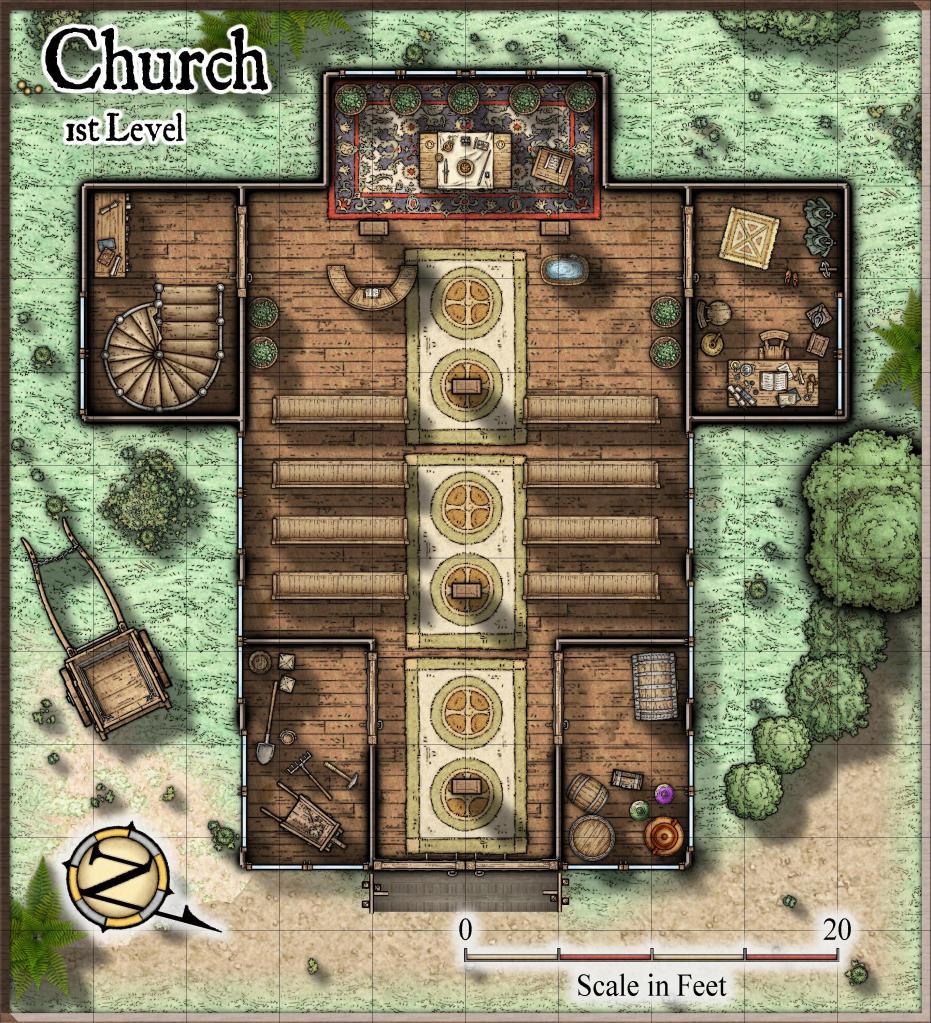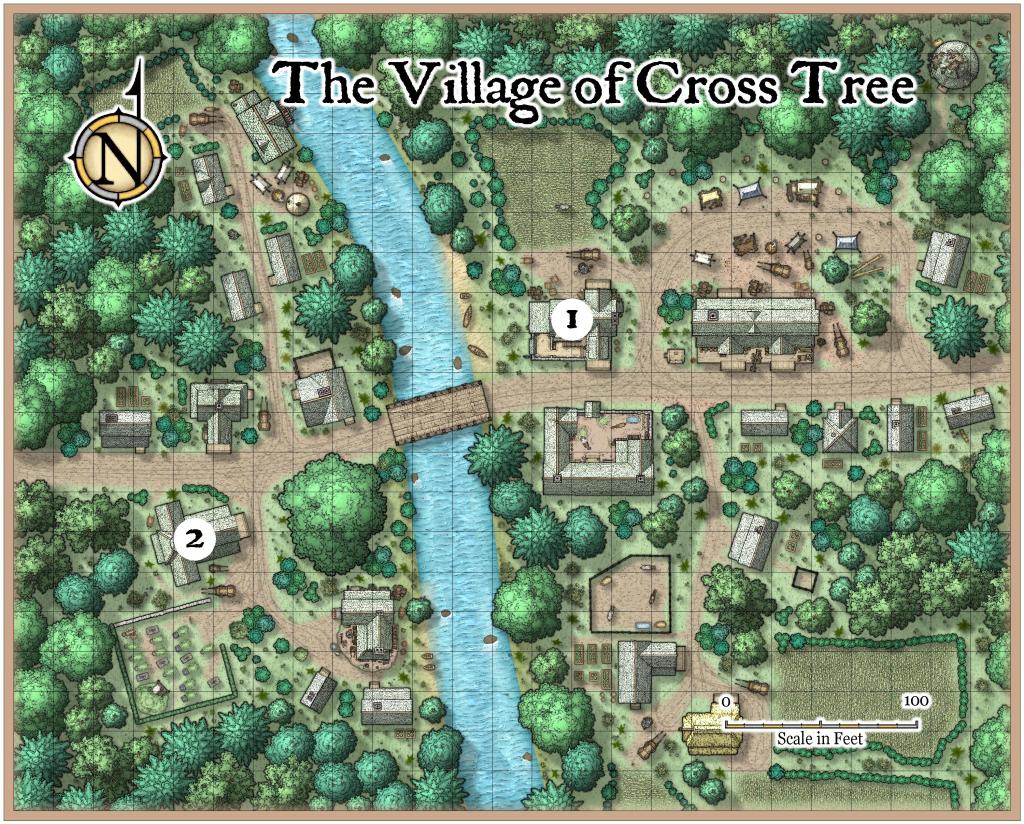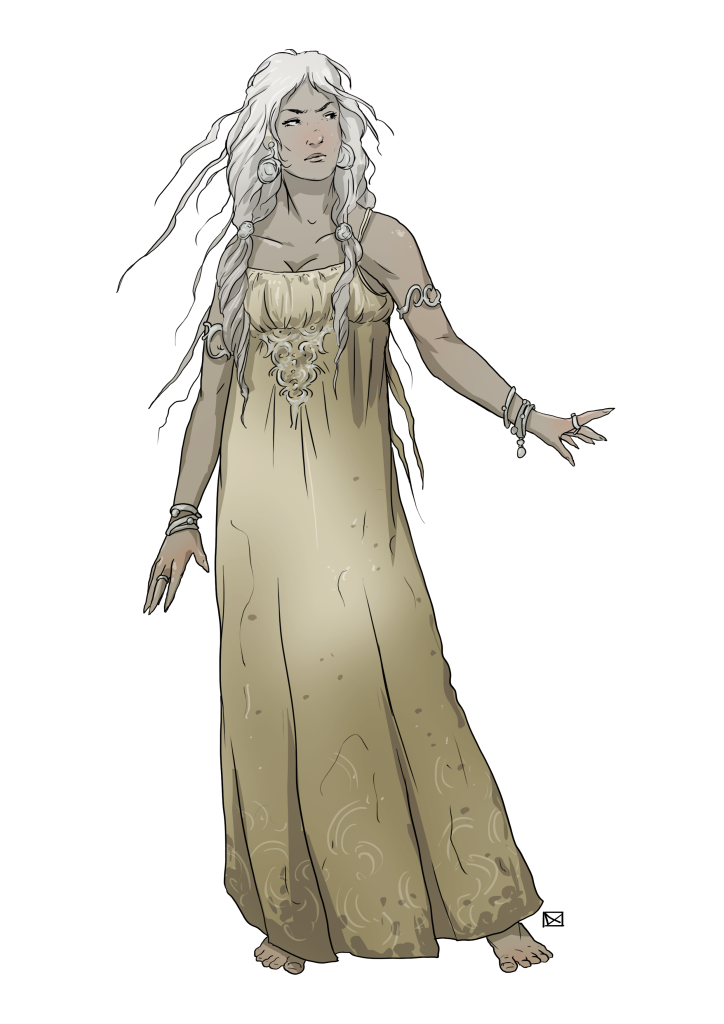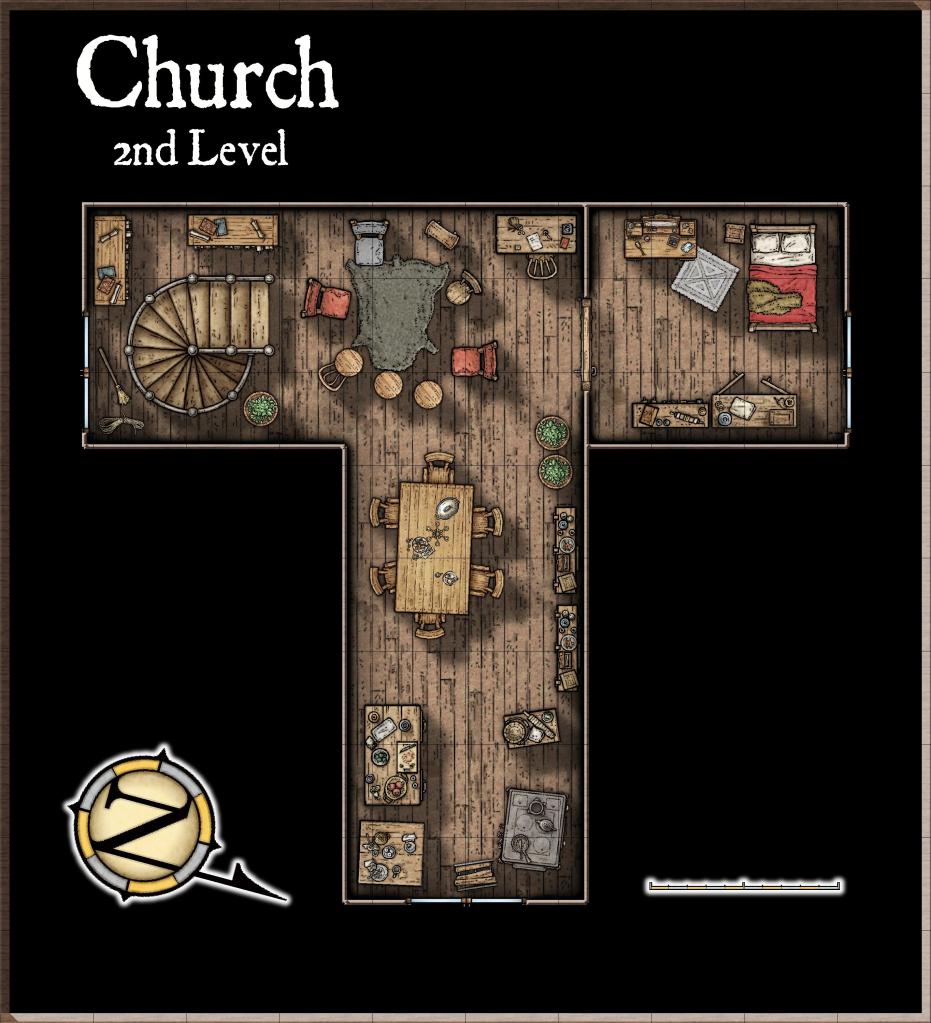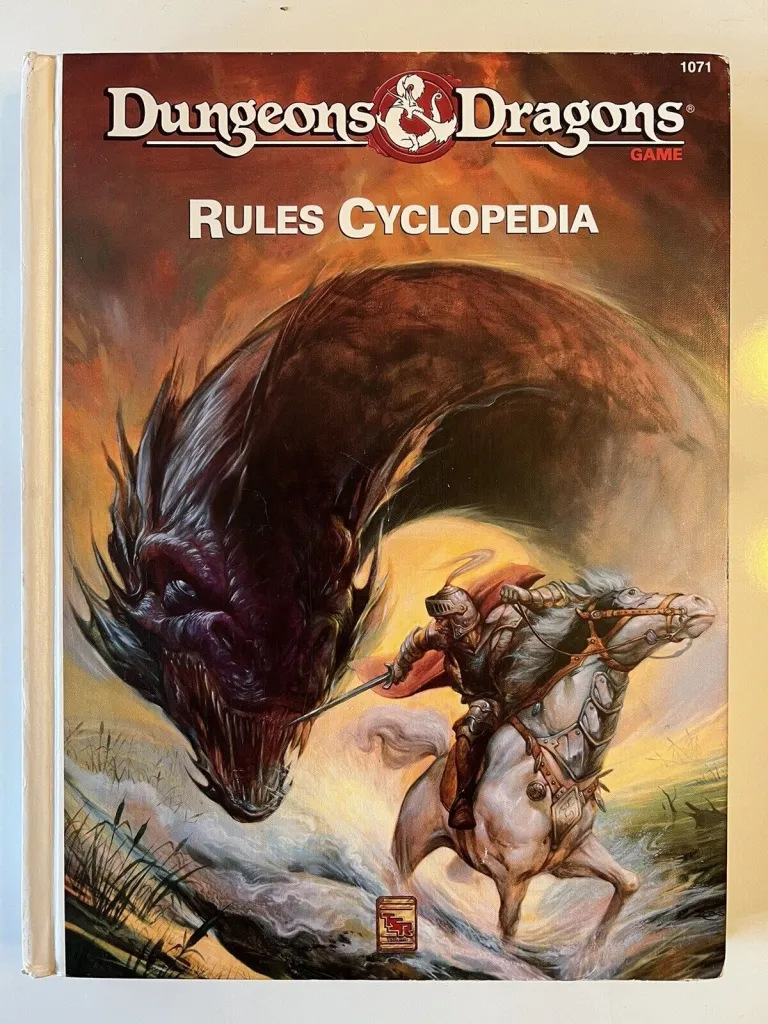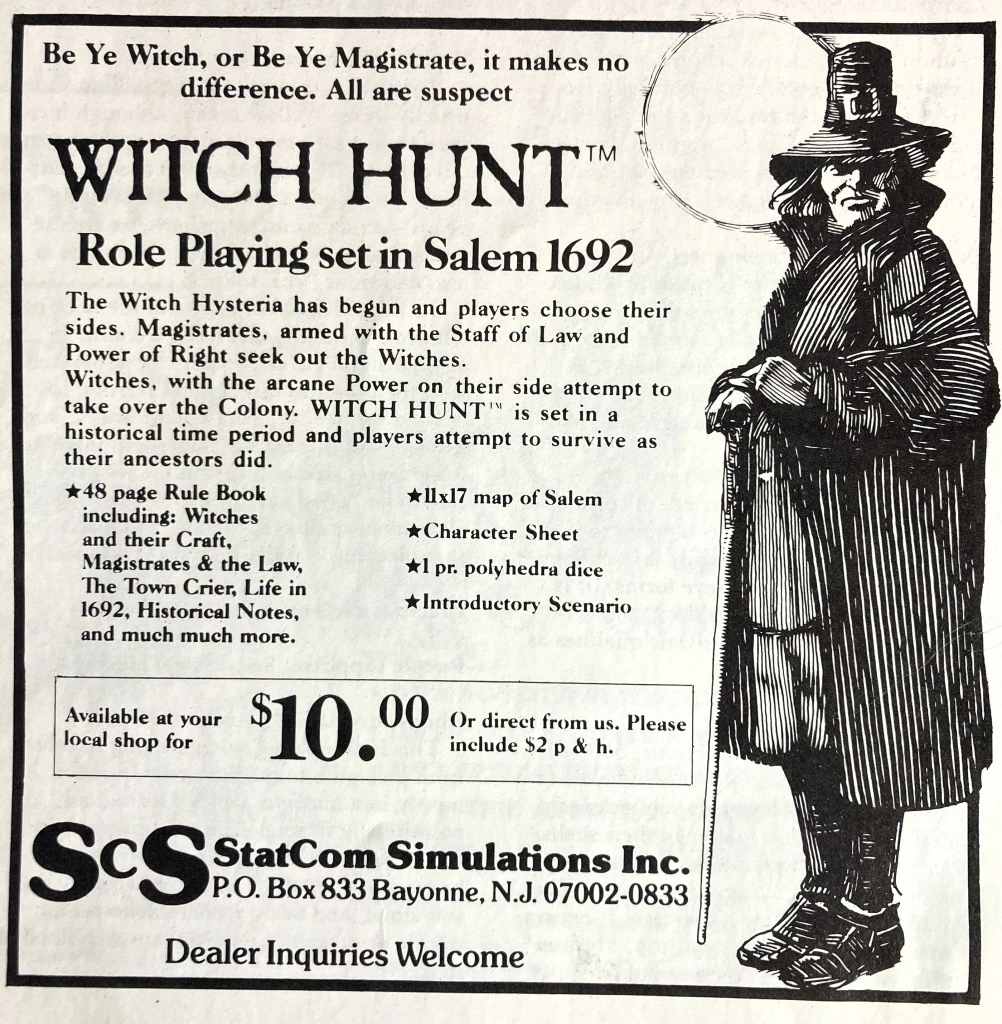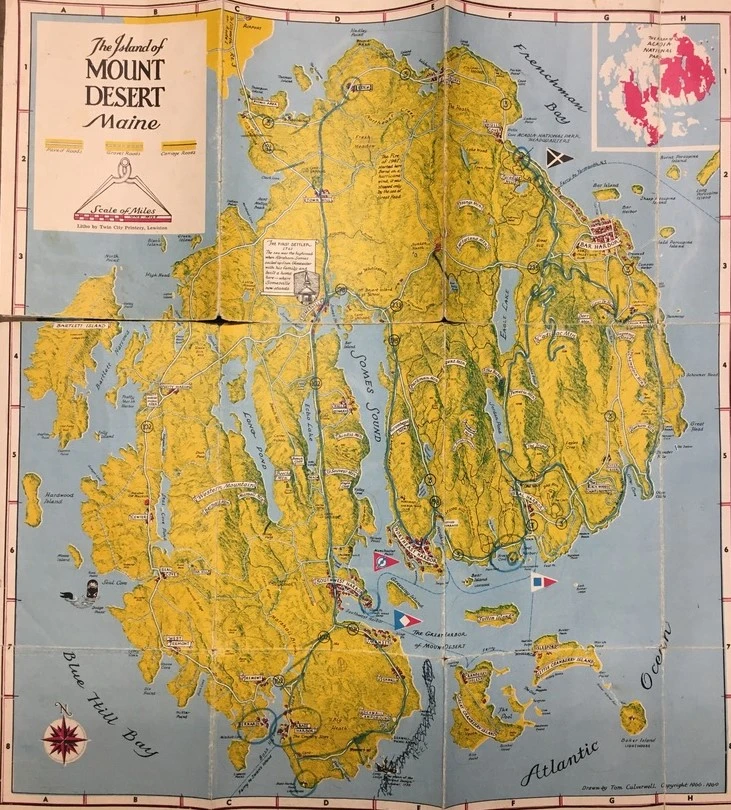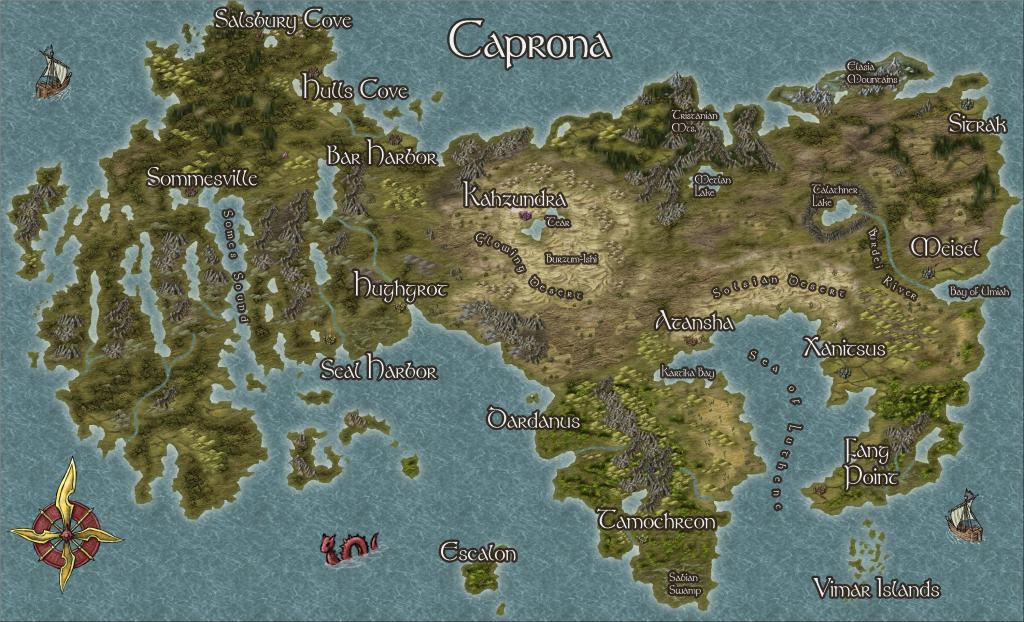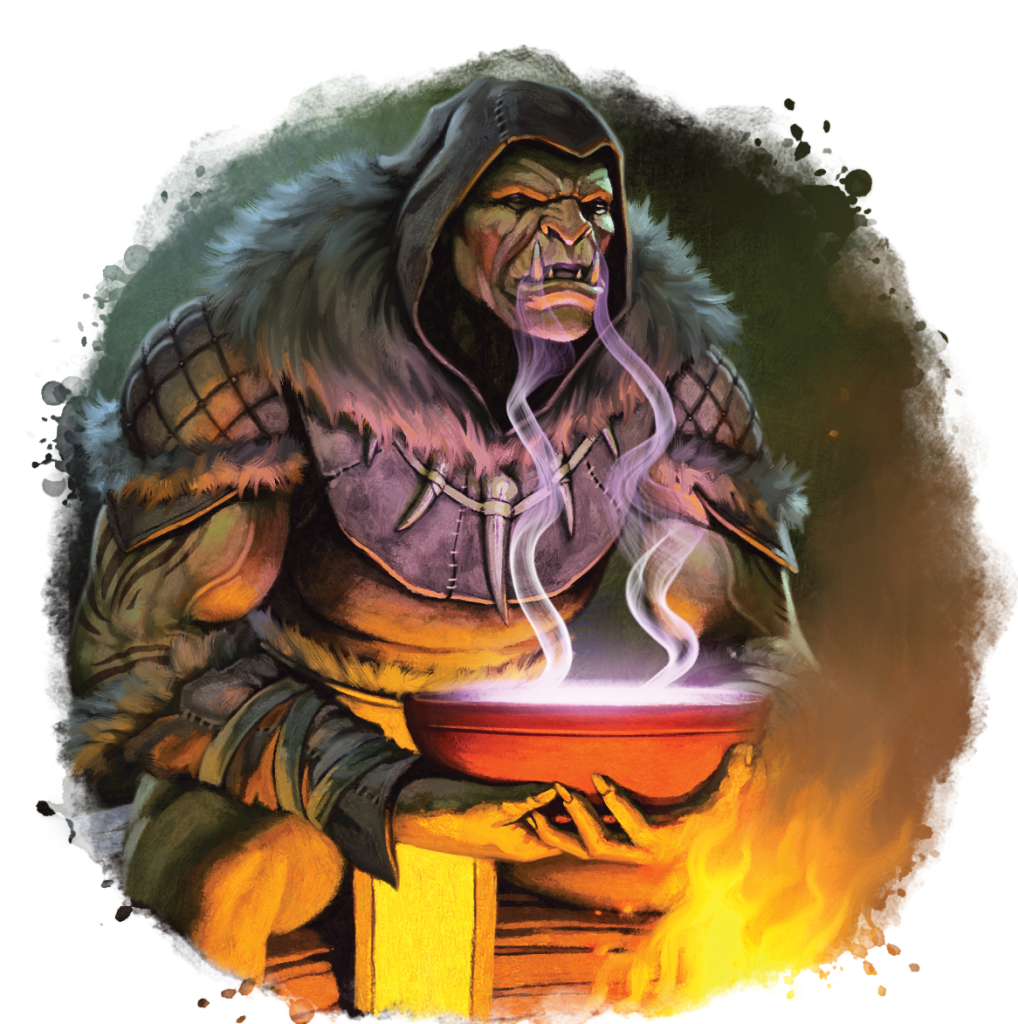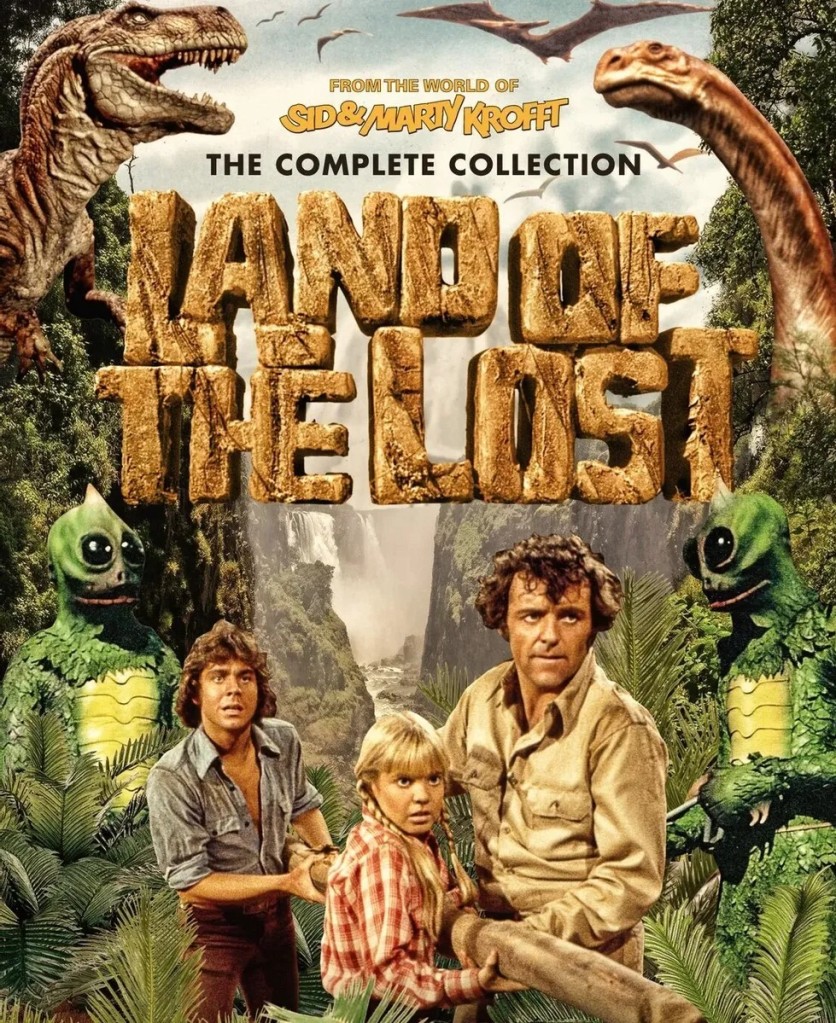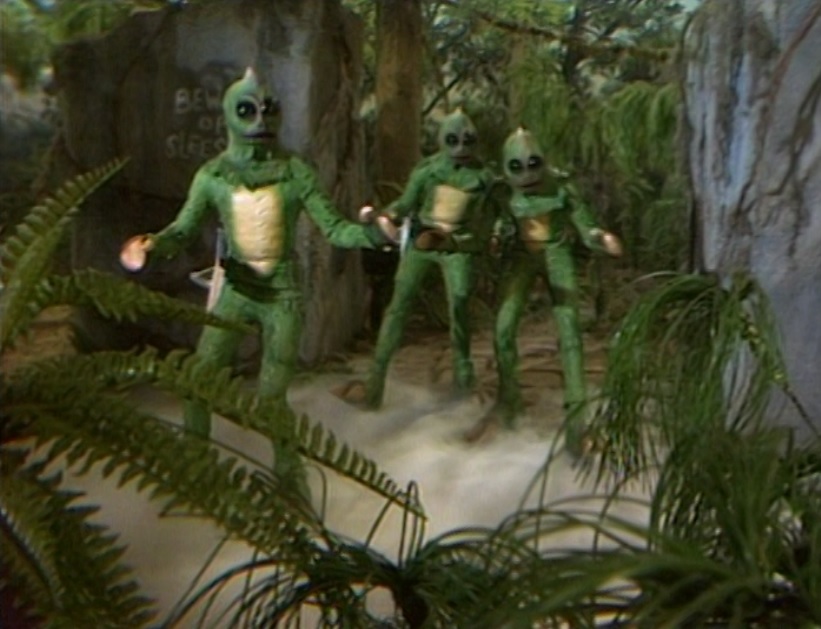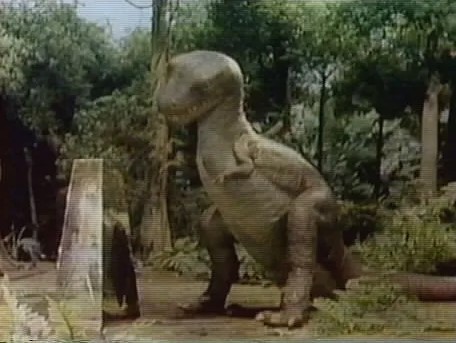Location #3 on the map of the Village of Cross Tree is the ruined tower.

A trail in the northeast corner of the village winds through the woods. Atop a short climb, the remnants of a tower can be seen. Having once stood 50 or 60 feet in height, the upper levels have collapsed over time. The second floor of the structure appears to be somewhat intact, though a large gap can be seen in the wall.
Rubble is strewn about the base of the tower and more can be seen littered out into the forest. Ahead, a wisp of smoke escapes from between two double doors that rest slightly ajar.
The tower itself predates the town of Cross Tree by over 100 years and none of the locals, aside from possible Nicodemus (see below), have any recollection of who built it. Characters with any type of architectural knowledge will easily be able to identify that this structure is from another time.
In my own game, the tower represents one of the last standing traces of a previous civilization. Deep within the outlying forest, there are cave entrances that lead into still accessible areas of this ancient settlement. Swallowed up by the earth itself, a lost city waits to be rediscovered. I will explore some of these locations once the rest of Cross Tree has been covered.
If this doesn’t work for your game, the tower could have an entirely different background. The idea here is to simply give you some interesting locations for your players to visit, without you having to do a lot of work.
PCs exploring the area around the tower will find all manner of debris. Some of this is from the collapse of the upper floors of the tower. The rest consists of odds and ends brought here by the tower’s sole inhabitant.
Unless the party is purposely attempting to be stealthy, the double doors to the tower will swing open enough for a frail figure to emerge.
Nicodemus
With a soft creak, the tower’s doors swing open and a frail old man appears. Fairly tall, though stooped a bit, he walks with the help of an oak staff. His tawny skin appears leathery and wrinkled, as if from years of exposure. Pulling back the hood of his stained maroon robe, his long white hair and beard make for quite a sight.
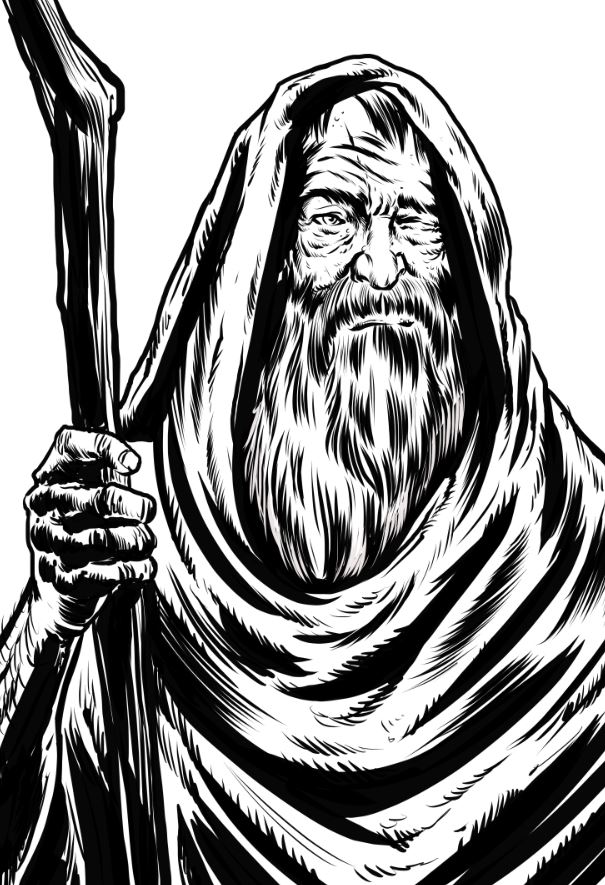
“Oh heavens! I have visitors it seems” the old fellow mutters, as his eyes dart around and size up the party. “I’ve not seen you people before. Are you lost?”
Nicodemus has lived in the ruined towed for nearly 5 years now. Prior to that he had been a frequent visitor to the area but none of the locals knew too much about him.
The general thinking of the townsfolk is that the tower is not safe for habitation and they are likely right. However, Nicodemus doesn’t interact a great deal with anyone from town. Every so often, Killian from the Cross Tree Inn (location #1) will try to persuade Nicodemus to take up residence at the inn but up to this point these attempts have failed.
Play Nicodemus as a bit mad and a bit mysterious. He exists here as a device for you to feed information or plot hooks to your players. Outside of possibly Leagis (from area #2, the Church) Nicodemus is the only resident who you could really call “worldly”.
He knows a great deal about a great many things but should always be a bit cagey about what he reveals and how he reveals it. Whether Nicodemus actually has any magical abilities is largely up to the GM. Here are some possible angles for Nicodemus, to allow him to fit seamlessly into different styles of games.
- Perhaps you make him a great mage, having him be the wise mentor who knew the party was fated to show up on his doorstep.
- He could be a part-crazed soothsayer who constantly mutters to himself, while reading tea-leaves and tossing chicken bones to foretell the future. Whether charlatan or gifted fortune teller will be up to the party to decide.
- Nicodemus could be an arcane dealer of sorts, prepared to sell different potions, charms, or wards to the party.
- Possibly he plumbed the depths of a lost city in his prime, only to be left behind by his comrades. Having spent years as the prisoner of some unnamed horror, he is now quite mad.
Regardless of which route you take Nicodemus is a good-natured sort. He will size up the party and if he believes they have good intentions, he will try to help them. That’s not to say that he will necessarily be forthcoming with his help or information. It’s certainly possible that he may speak in riddles or test the PCs in order to ascertain their intentions.
1st Floor
If the party is friendly from the offset, it is likely that Nicodemus will invite the party inside. The double doors open to a chaotic scene and the heavy scent of smoke and incense.
All manner of junk is piled up within the 1st floor of the tower and the old man has a campfire burning away, near a breach in the wall. Any characters with reasonably high skills of perception are likely to notice a mouse (or other small mammal) skittering for cover as the party enters the room.
Despite the clutter and debris, Nicodemus seems to know his way around the mess and is always able to deftly find what he is looking for amongst the rubble, crates, and boxes.
There are drawings and what appear to be maps scrawled with charcoal on the walls. What they depict and whether Nicodemus will discuss them is largely up to the GM. Two desks are arranged on either side of the room. While they are cluttered, it does appear that they have been painstakingly laid out, allowing Nicodemus to focus on his studies. A spiral staircase leads up to the 2nd floor.
2nd Floor
Every bit as cluttered as the first floor, the walls of this section of the tower has been breached to the northeast and southwest. This allows the weather in, along with the occasional bird or bat.
Arriving from the first floor, it will be immediately evident that the stairway going up to the higher reaches of the tower is completely blocked with rubble. Rubble is strewn about on the creaky wooden floor and PCs who are invited up to this level of the tower should be made to feel that the floor could cave in at any time.
Plot Hooks & Encounters
A lot of what Nicodemus has to offer is going to depend on your game, the level of magic in your world, and what role you need him to play within your campaign.
- Other townsfolk might direct the party to Nicodemus in order to identify some item they have found or to seek answers about some quest that they are on.
- As with Karia from the Cross Tree Inn, Nicodemus may charge a young party with venturing out into the woods to secure certain components for him.
- Perhaps he knows of some impending trouble threatening the area and identifies the party as being just the right group to tackle it.
- Seeing a yearning for adventure in the party, Nicodemus might share with the party what he know about a lost city, deep within the forest.
Closing Notes
That will do it for this week’s entry from the town of Cross Tree. I appreciate you taking the time to stop by. If there is anything you would like to see added to the village or you require any tweaks to the maps, let me know in the comments. Until my next post, I hope you have great adventures and a great week!
For more on the Village of Cross Tree, go here.
For maps & plot hooks, go here.
For my Idea Chest posts, go here.
For some random tables, go here.
Want to help me to compile a list of TTRPG conventions? Click here.
Finally, for a bit about me and some general stuff, this is the spot.



